By now we are all familiar with the statistic that the built environment accounts for as much as 40 per cent of the UK’s carbon footprint. As Savills new Spotlight on Property and Carbon report suggests, this acknowledgement is a positive step in the right direction to implementing solutions in order to reduce real estate’s carbon emissions.
However, the industry is facing a number of unique challenges when it comes to tackling these issues, especially as carbon is emitted by a building from the moment the ground is broken. For the industrial and logistics sector in particular, significant levels of take-up, coupled with record-breaking levels of requirements, raises important questions about how to be more sustainable while still satisfying the insatiable demand for space.
One of the main reasons for this growth is the shift towards online retail that has been accelerated by the pandemic over the past 12 months. Figures show that by the end of 2021 we expect to see online sales account for as much as 23.2 per cent of all retail sales, compared with 19 per cent at the end of 2019. As well as creating more demand for warehouse space, this also means more deliveries are being made, both of which equal a potential rise in carbon emissions.
While critical levels of supply in some regions mean that development of new stock, and the subsequent embodied carbon this creates is unavoidable, it is possible to zero in on reducing the operational carbon of warehouse space.
So how can this be done?
Warehouses are typically large buildings with thin walls and flat roofs, so by their very nature are hard to heat or cool. They need to be heated in spaces that employees are working in regularly and either heated or cooled where stock is being stored to prevent damage to inventory. As air warms it rises and this presents another challenge, with studies showing that it is not uncommon to have a temperature difference of 20°C between the floor and ceiling of a building.
This makes efficient heat generation from an industrial heating system along with improved air circulation a priority. Other measures to prevent heat loss include high speed doors and improved insulation.
Heating, however, is not the only factor to consider in a warehouse. The recent evolution towards automation, robotics, data centres and cold storage has resulted in greater energy use.
Transport also needs to be considered, both the patterns of delivery and the mode of transport used. For example, while more electric vehicles will cut carbon emissions from petrol or diesel, the overall energy use of the warehouse will increase as charging provision is included as part of the scheme. One possible solution is producing renewable energy onsite from solar or wind to help meet this need.
Ultimately, the fast-paced nature of warehouse development should make it easier to incorporate sustainable innovations as they evolve. This means lowering the operational carbon emissions within the industrial and logistics sector, while still ensuring you get your online delivery on time.
Further information
Operational carbon: what are the key challenges in each sector?
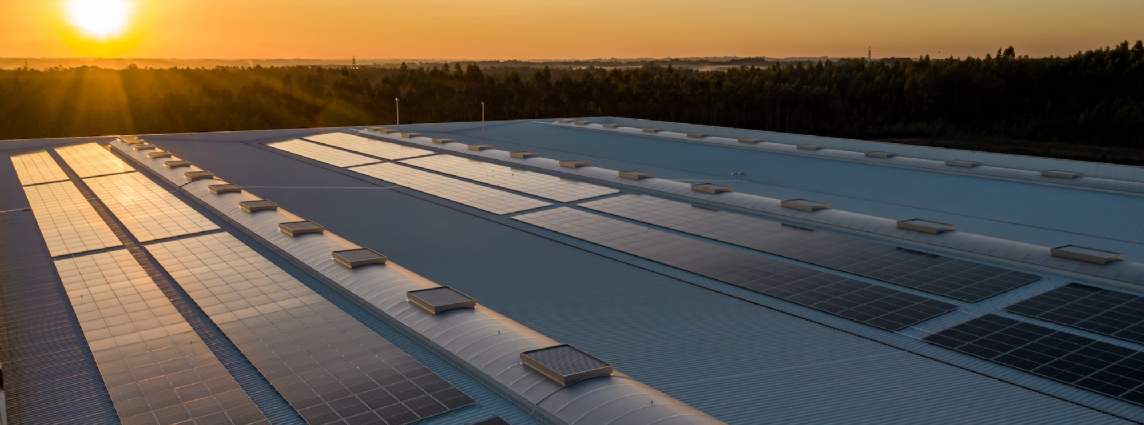

.jpg)
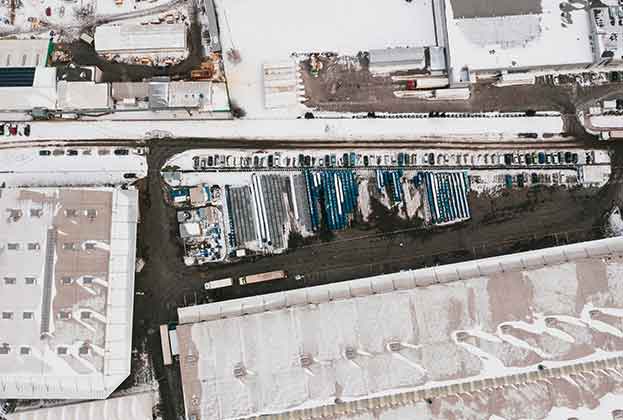
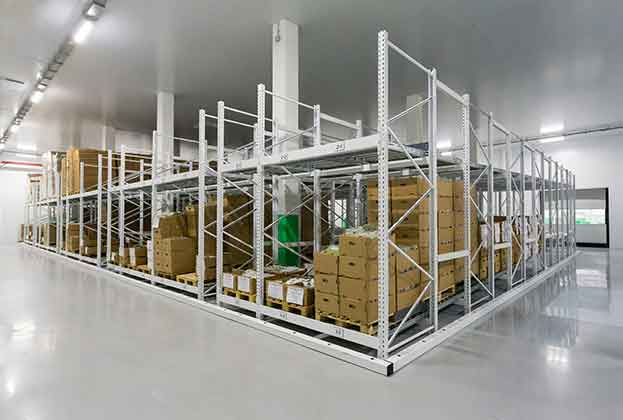
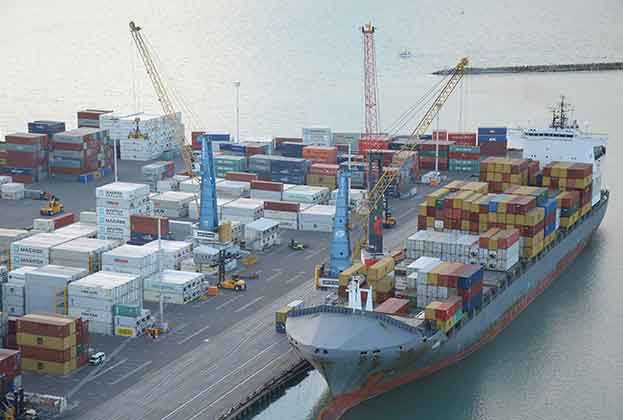
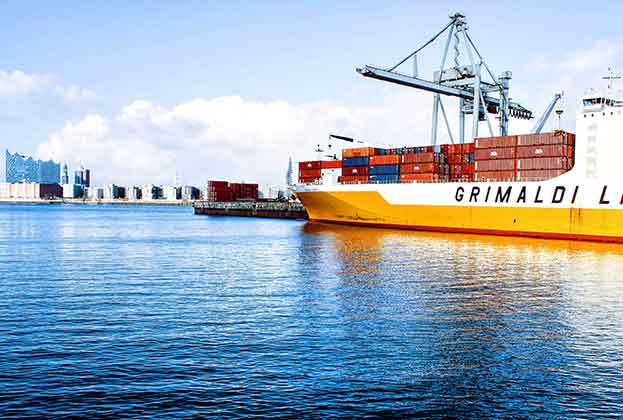

.jpg)

.jpg)